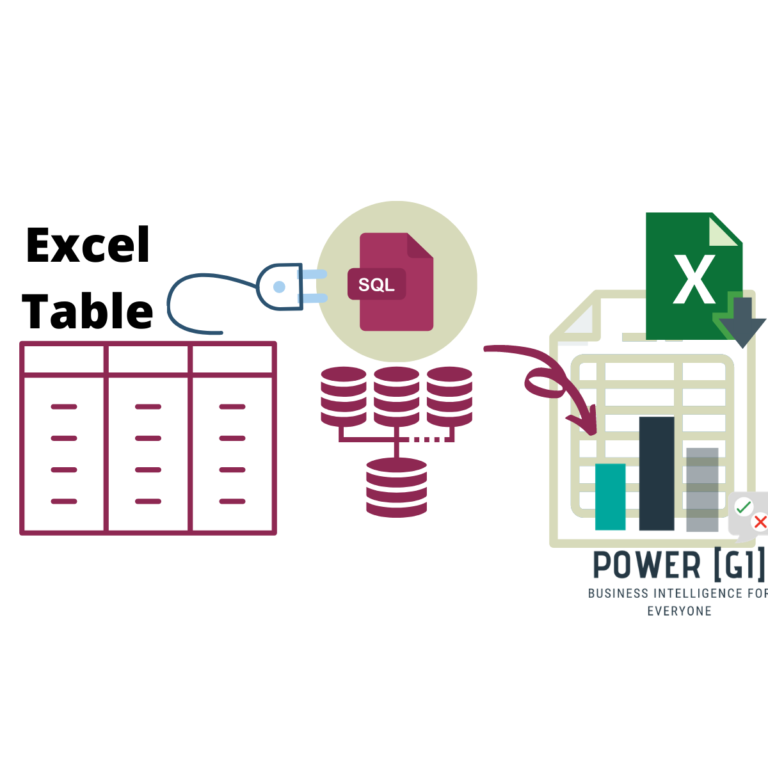Hi Experts,
Without luck I've explored the internet, so I hope one of you are able to help.
My below ODBC connection is huge, with more than 10 mill rows. I was hoping that I could join with an Excel table, in order to cut down loading time.
If I use the merge functionality in Power Query, it will load all 10 mill rows from the ODBC before the merge, and that is time consuming.
PS. I know the drilldown function with one parameter, but that is not suitable as I need more than one, therefore I was thinking join.
ODBC Connection:
OR
Excel Table:
/Skovgaard
Without luck I've explored the internet, so I hope one of you are able to help.
My below ODBC connection is huge, with more than 10 mill rows. I was hoping that I could join with an Excel table, in order to cut down loading time.
If I use the merge functionality in Power Query, it will load all 10 mill rows from the ODBC before the merge, and that is time consuming.
PS. I know the drilldown function with one parameter, but that is not suitable as I need more than one, therefore I was thinking join.
ODBC Connection:
SQL:
SELECT FSLEDG.ESVONO
FROM M3.M3FDBPRD.FSLEDG FSLEDGOR
Power Query:
Odbc.Query("dsn=M3_PROD", "SELECT FSLEDG.ESVONO#(lf)FROM M3.M3FDBPRD.FSLEDG FSLEDG")Excel Table:
Power Query:
Excel.CurrentWorkbook(){[Name="Table1"]}[Content]/Skovgaard







